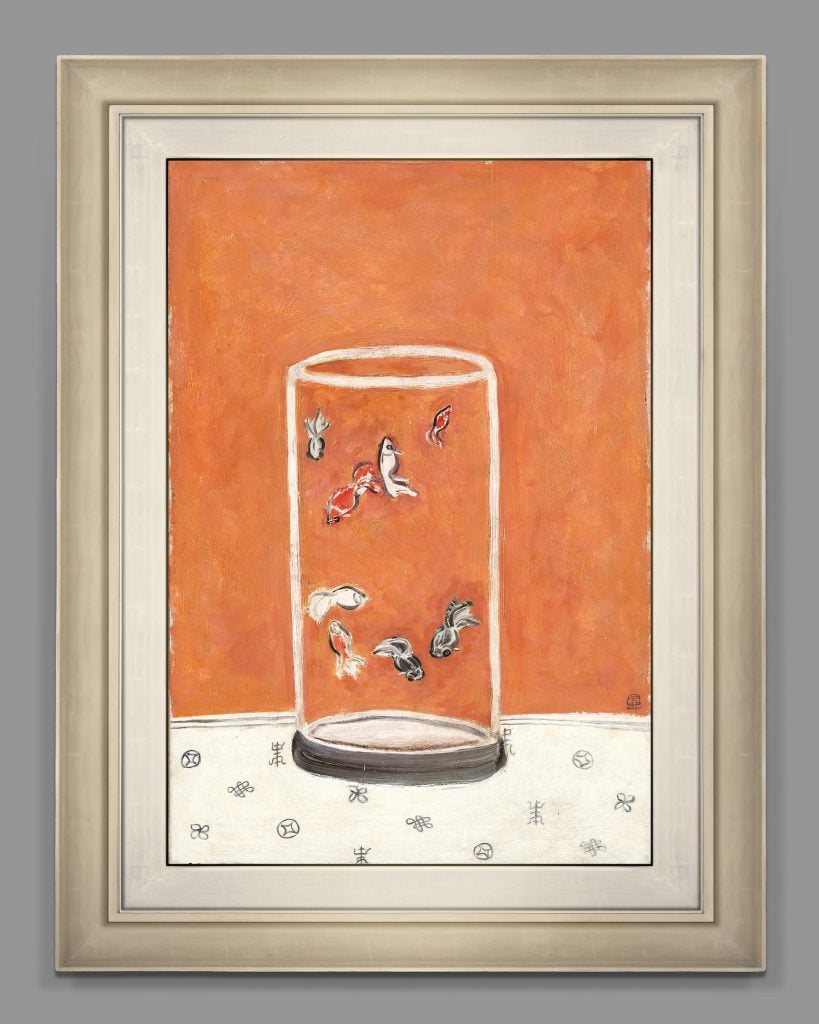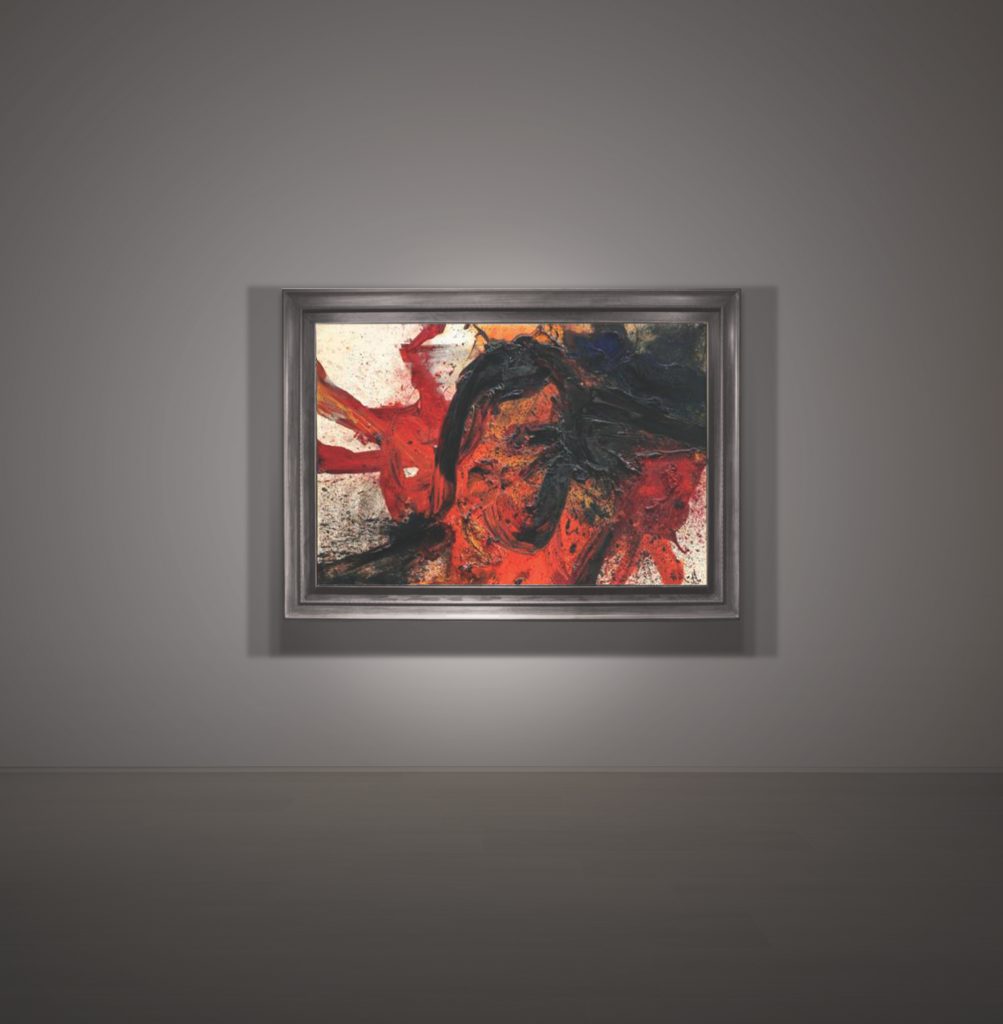Sanyu’s Delightful ‘Goldfish’ Painting, Estimated at $23 Million, Will Headline Christie’s Contemporary and Modern Art Sales In Hong Kong


Artnet Gallery Network

The tech wizardry and remote auctioneering stylings of this year’s streaming sales have been earning many a headline, but with Christie’s Hong Kong auction week just around the corner next week, one artwork has managed to take back the spotlight.
The star of the night? Sanyu’s Goldfish (circa 1930s–’40s)—the only work by the Chinese-French artist with a goldfish bowl presented as the central subject matter, and the only time the artist has depicted eight goldfish (an especially auspicious number) in one of his paintings.
The captivating and tranquil composition will be presented as a standalone, single-lot evening auction immediately following the night’s Modern and contemporary art evening sale. Sanyu created 11 oil paintings of fish in his career—four of which are in the permanent collection of the National Museum of History in Taipei. (Goldfish notably was first owned by the artist’s dear friend, the famed photographer Robert Frank.)
Sanyu has often earned comparisons to Matisse and, with an estimate of HK$16 million to 23 million, there is no doubt that the artist is earning his rightful place in the market pantheon of the 20th-century Parisian set. Just this past July at Christie’s, White Chrysanthemum in a Blue and White Jardiniere set a new record for any still-life painting by Sanyu when it sold for HK $191.6 million or roughly US $24.7 million.

Kazuo Shiraga, Chigakusei Tekkyoshi (1961). Estimate: HK$19 million–29 million /US$2.5 million–3.8 million. © The estate of Kazuo Shiraga. Courtesy of Christie’s.
Another highlight from the evening sales includes an Andy Warhol Dollar Sign, a series which the Pop artist presented at Castelli Gallery in New York in 1982. Meanwhile, Kazuo Shiraga’s Chigakusei Tekkyoshi is also mustering significant attention. The 1961 painting takes its name from one of the 108 Liangshan heroes in the 14th-century Chinese classical novel Shuihu Zhuan (Water Margin).
The book proved hugely influential to Shiraga, who read the stories as a teenager. Today the stories, which are known for the degree of violence they depict, serves as a conceptual framework for understanding Shiraga’s painting; the artist used his feet to paint the canvas while suspended from a rope hanging from the ceiling—making thick swirls of fiery red, yellow, and black in a style that merged abstraction and performance art.